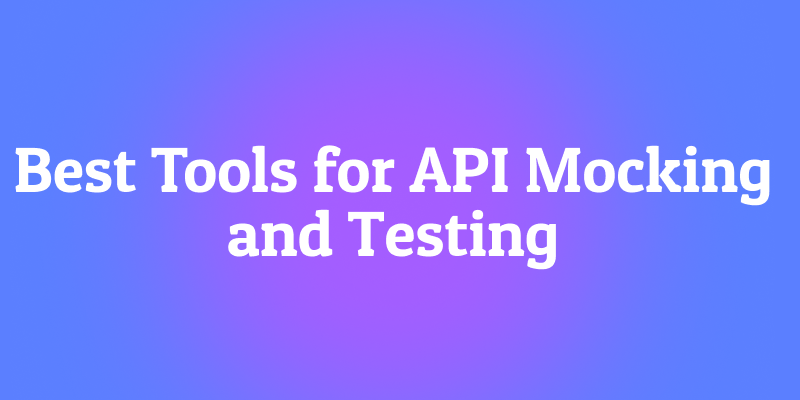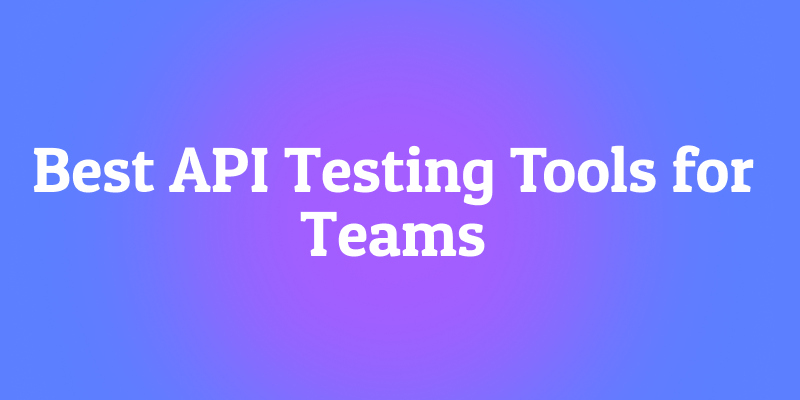You're building a new feature that depends on a third-party API. You open your app, trigger the request, and something breaks.
So you do the usual routine: open DevTools, dig through the Network tab, hunt for the right request, copy a curl command, and try to recreate the exact scenario. Sound familiar?
Browser DevTools are amazing for debugging, but they were never meant to be full API clients. They’re diagnostic tools—not development environments. Using DevTools for serious API work is like trying to build a house with a pocket multi-tool. It can work, but it’s far from ideal.
The good news? There’s an entire ecosystem of powerful tools built specifically for API development, testing, and documentation. Whether you're a frontend engineer, backend developer, or DevOps specialist, there’s a tool that can dramatically improve your workflow.
Before exploring these alternatives, let's look at where browser-based clients fall short.
The Problem with Using Browser DevTools for API Work
First, let's acknowledge what browser DevTools do well. They're fantastic for:
- Quick inspection of network traffic from your web application
- Debugging client-side API integration issues
- Viewing raw HTTP requests and responses in real-time
However, they fall short for serious API development because they:
- Lack Persistence: Once you close the browser tab, your requests are gone. There's no way to save, organize, or version your API calls.
- Have Limited Testing Capabilities: While you can modify and resend requests, there's no built-in support for test suites, automated testing, or complex scenarios.
- Offer Poor Collaboration: You can't easily share your API configurations with team members or document your endpoints for others.
- Miss Advanced Features: No environment variables, no request chaining, no mock servers, and limited authentication helpers.
- Are Reactive, Not Proactive: They're great for debugging what already happened, but poor for designing and testing what should happen.
Why Developers Still Use Browser-Based API Clients
Despite the limitations, these tools became popular for good reasons:
- Instantly accessible: No installation needed.
- Lightweight: Runs right inside your browser tab.
- Good for quick testing: Great for making a few requests or debugging small APIs.
- Free: Most are open source or have generous free versions.
For beginners or small tasks, they’re fine. But once you need multiple environments, authenticated requests, or team collaboration, their limits become obvious.
The Search for Better Alternatives
When choosing a replacement for browser-based API clients, developers typically look for a few key things:
- Cross-platform support (Mac, Windows, Linux, Web)
- Performance and stability
- Team collaboration
- Mocking and testing capabilities
- Automation support
- Ease of use and lightweight design
The good news? There are several excellent options out there and some of them, like Apidog, go way beyond just being a “client.”
Let’s explore the best ones.
Category 1: All-in-One API Platforms
These tools cover the entire API lifecycle: design, testing, mocking, and documentation.
Apidog: The Modern Integrated Solution

Apidog represents the next evolution of API tools by combining the best features of several tools into one unified platform.
Key Features:
- Integrated Design & Testing: Design your API and test it in the same environment
- Auto-Generated Documentation: Create beautiful, interactive docs from your API definitions
- Mock Servers: Generate instant mock APIs for frontend development
- Team Collaboration: Share workspaces, comment on endpoints, and manage versions
- Automated Testing: Build and run test suites with complex scenarios
Best For: Teams that want a single tool for their entire API workflow, from design to deployment.
Postman: The Established Leader

Postman is arguably the most well-known API platform, with a massive user base and extensive feature set.
Key Features:
- Collections: Organize and save API requests
- Environments: Manage variables for different setups (dev, staging, prod)
- Workspaces: Collaborate with team members
- Monitoring: Schedule API health checks
- Extensive Integration Ecosystem
Best For: Large teams and enterprises that need robust collaboration and extensive third-party integrations.
Insomnia: The Developer-Friendly Alternative
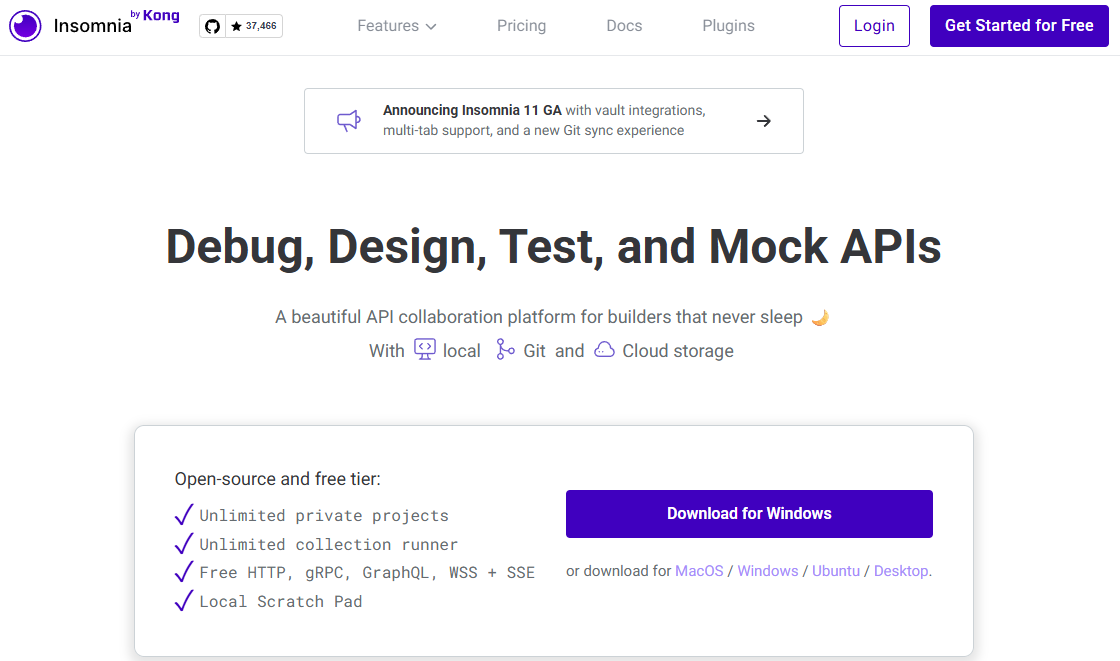
Insomnia offers a clean, focused experience that many developers find more intuitive than Postman.
Key Features:
- Clean Interface: Minimalist design that stays out of your way
- Code Generation: Generate client code in multiple languages
- Plugin System: Extend functionality with community plugins
- GraphQL Support: Excellent GraphQL query builder and testing
Best For: Individual developers and small teams who prefer a streamlined, developer-centric experience.
Category 2: Command-Line Tools
For developers who live in the terminal, these tools bring API testing to your command line.
curl: The Universal Classic

The original API client that's built into virtually every system.
curl -X POST <https://api.example.com/users> \\
-H "Content-Type: application/json" \\
-H "Authorization: Bearer your-token-here" \\
-d '{"name": "John", "email": "john@example.com"}'
Pros: Universally available, scriptable, no installation needed
Cons: Verbose syntax, no persistence, difficult for complex scenarios
HTTPie: curl for Humans
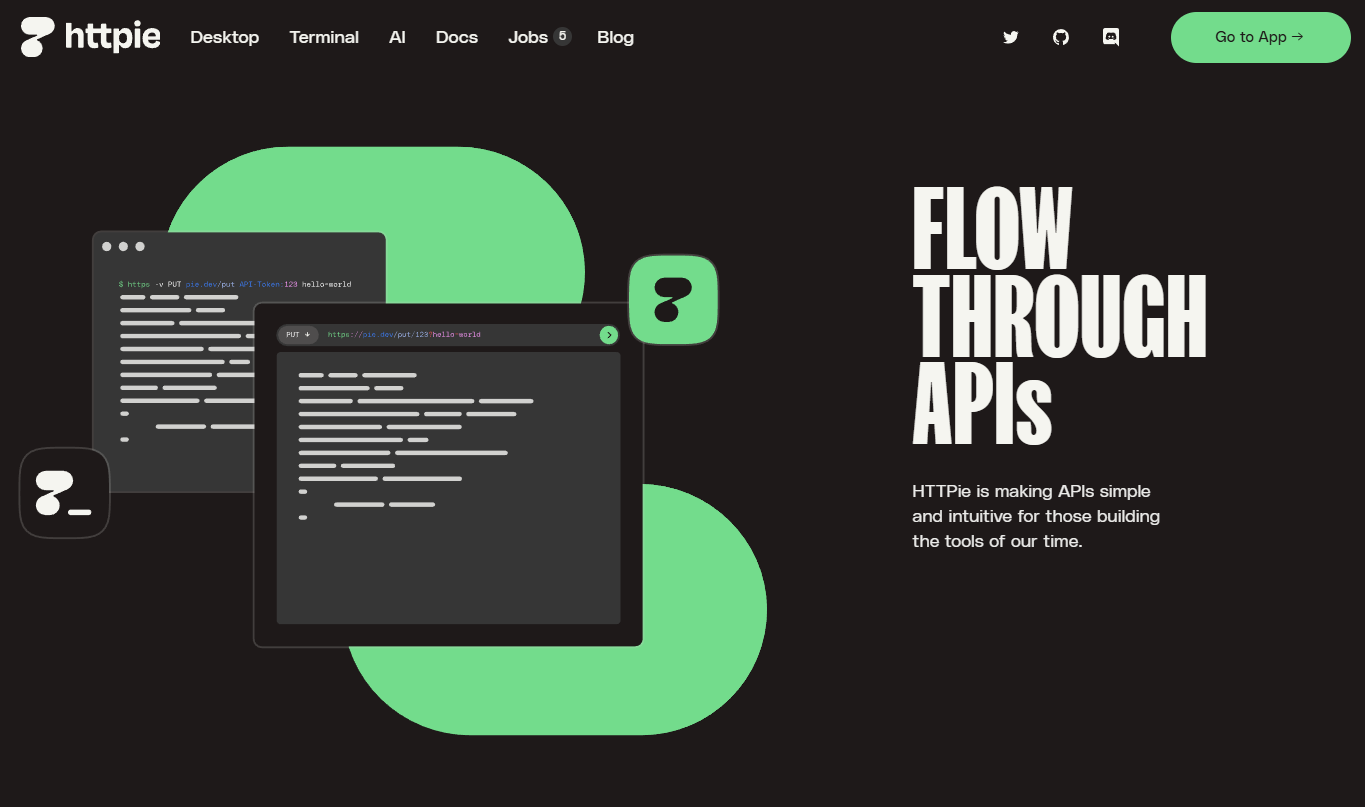
HTTPie describes itself as a "user-friendly curl-like HTTP client" and lives up to the promise.
http POST <https://api.example.com/users> \\
Authorization:"Bearer your-token-here" \\
name="John" email="john@example.com"
Pros: Intuitive syntax, colorful output, built-in JSON support
Cons: Still requires remembering commands, limited testing capabilities
Bruno: The File-Based Innovator

Bruno takes a unique approach by storing your API collections in plain text files that can be version-controlled.
Key Features:
- File-Based Collections: Store everything in your git repository
- No Vendor Lock-in: Your API data stays in your control
- Scripting Support: Write JavaScript for complex testing scenarios
Best For: Teams that want version control for their API collections and dislike cloud-based solutions.
Category 3: Code-Based Solutions
Sometimes, you need the full power of a programming language for your API testing.
Custom Scripts (Python, Node.js, etc.)
Writing your own API clients gives you complete control and flexibility.
Python Example with requests:
import requests
response = requests.post(
'<https://api.example.com/users>',
headers={'Authorization': 'Bearer your-token-here'},
json={'name': 'John', 'email': 'john@example.com'}
)
print(response.status_code)
print(response.json())
Pros: Maximum flexibility, integrates with your existing codebase, reusable
Cons: Time-consuming to set up, requires programming knowledge, harder to share with non-developers
Testing Frameworks (Jest, Mocha, etc.)
For comprehensive API testing, dedicated testing frameworks are invaluable.
Jest Example:
test('create user returns 201', async () => {
const response = await fetch('/api/users', {
method: 'POST',
body: JSON.stringify({name: 'John'})
});
expect(response.status).toBe(201);
});
Pros: Integration with CI/CD, comprehensive testing capabilities, familiar to developers
Cons: Learning curve, overkill for simple API exploration
Category 4: IDE Integrations
For developers who rarely leave their coding environment, IDE integrations bring API tools to where you already work.
VS Code Extensions
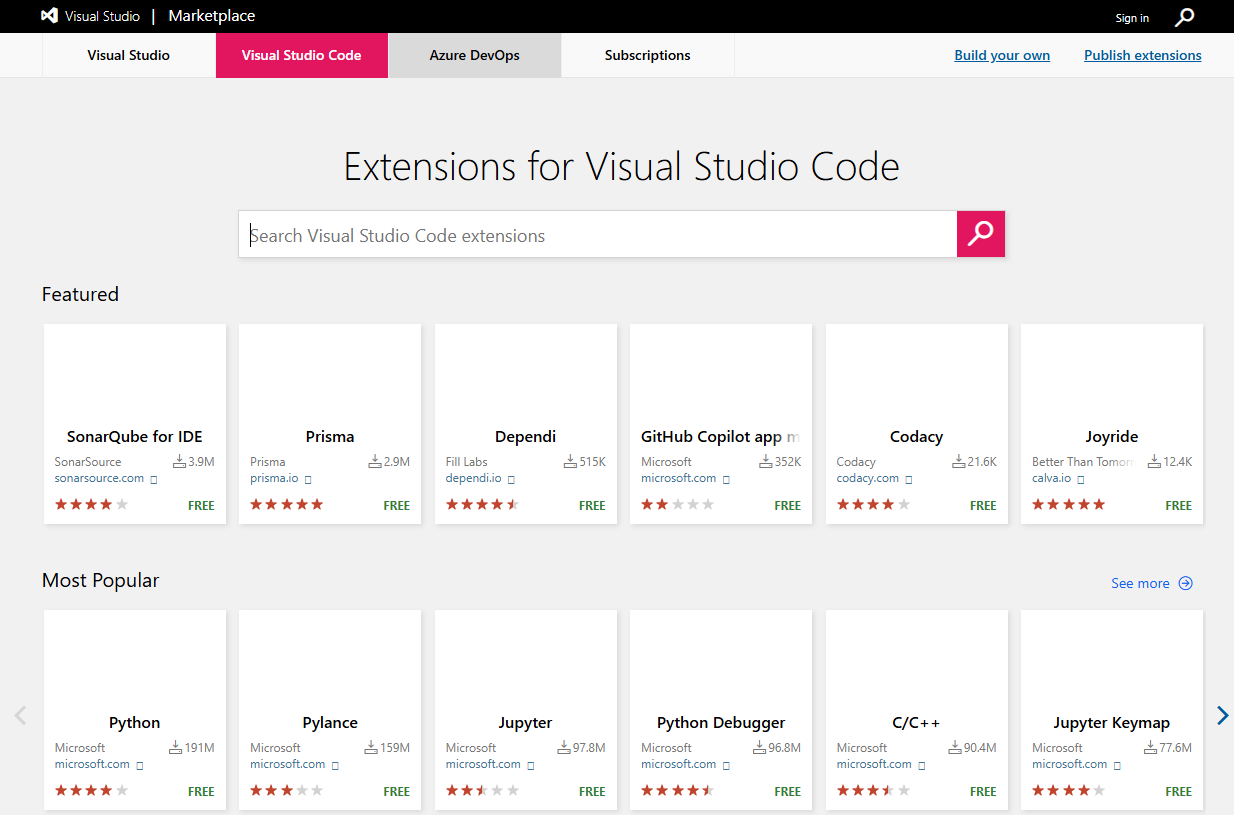
Extensions like Thunder Client and REST Client bring API testing capabilities directly into VS Code.
Pros: No context switching, integrated with your development workflow
Cons: Limited compared to dedicated tools, varies by extension quality
JetBrains HTTP Client

Built directly into JetBrains IDEs like WebStorm and IntelliJ.
POST <https://api.example.com/users>
Authorization: Bearer your-token-hereContent-Type: application/json
{
"name": "John",
"email": "john@example.com"
}
Pros: Tight IDE integration, familiar environment
Cons: Limited to JetBrains ecosystem
Choosing the Right Tool: A Decision Framework
With so many options, how do you choose? Consider these factors:
For Individual Developers:
- Casual Use: Start with HTTPie or a VS Code extension
- Regular API Work: Insomnia or Apidog
- Terminal-Loving: HTTPie with custom scripts for complex scenarios
For Teams:
- Small Teams: Apidog or Insomnia for their balance of power and simplicity
- Large Organizations: Postman for its enterprise features and extensive integrations
- Version Control Focused: Bruno for git-based workflows
For Specific Use Cases:
- API Design-First: Apidog or Stoplight
- Heavy Automation: Custom scripts with testing frameworks
- Quick Debugging: Browser DevTools for immediate issues
The Apidog Advantage: Why It Stands Out
While there are many great tools available, Apidog deserves special attention for its integrated approach:
1. Design-First Workflow: Unlike tools that start with testing, Apidog encourages designing your API first, which leads to better API design and fewer breaking changes.
2. Unified Environment: No more switching between Swagger UI for docs, Postman for testing, and another tool for mocking. Everything lives in one place.
3. Team Collaboration: Built-in features for commenting, versioning, and sharing make it easy for entire teams to work together on API development.
4. Mock Server Magic: Generate realistic mock APIs instantly, allowing frontend and backend teams to work in parallel.
Conclusion: Elevate Your API Game
Browser DevTools will always have their place for quick debugging and client-side inspection. But for serious API development, testing, and collaboration, dedicated tools offer transformative benefits.
The right API client will help you:
- Work faster with saved requests and environments
- Catch bugs earlier with comprehensive testing
- Collaborate better with shared collections and documentation
- Design smarter with mock servers and design-first workflows
Whether you choose Apidog for its integrated approach, Postman for its ecosystem, Insomnia for its developer experience, or command-line tools for their scriptability, moving beyond browser DevTools is one of the highest-impact improvements you can make to your API workflow.
The best time to try a new API tool was six months ago. The second-best time is today. Download Apidog for free and experience how much more productive you can be with a tool designed specifically for API development.

